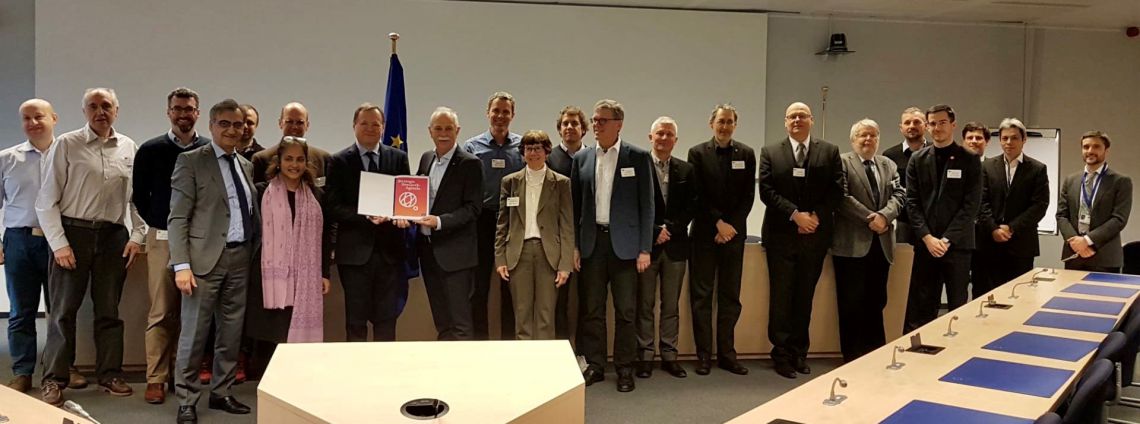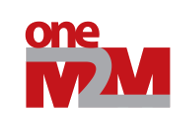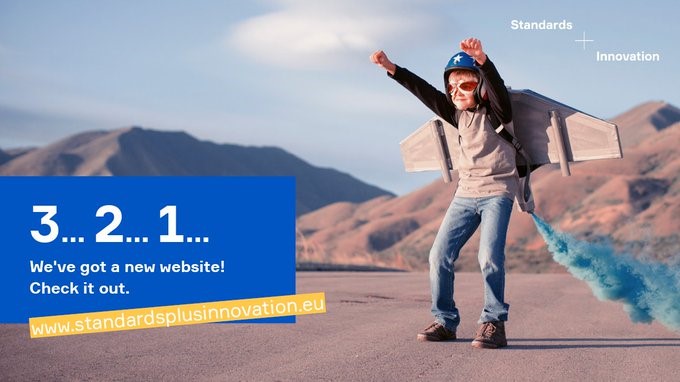ETSI Issues Two Major Standards for Emergency Calls: Next Generation 112 and Advanced Mobile Location
ETSI’s Emergency Communication Special Committee has recently released two major specifications, ETSI TS 103 479, for NG112, the next generation of European emergency services and ETSI TS 103 625, for the specific Advanced Mobile Location function. AML is already implemented in 22 countries worldwide following the publication of the first ETSI technical report TR 103 393.
NEXT GENERATION OF EMERGENCY CALLS: ETSI TS 103 479 specifies the core elements of the architecture for network independent access to emergency services, enabling interoperability of implementation for the Next Generation access to emergency services. Next Generation 112 (NG112) architecture enables multimedia communications (text, video, together with location or additional data) which is not possible on the current phone-based system. This will benefit citizens in emergency situations as well as emergency responders, network providers and other stakeholders.
ADVANCED MOBILE LOCATION: As more than 70% of emergency calls come from a mobile phone in Europe, the Advanced Mobile Location (AML) technology is essential to provide the most accurate location of the caller. With AML the phone's location capabilities (making use of GNSS, WIFI and cellular network information) are activated when an emergency number is dialed. The location obtained is then sent to a location endpoint managed by, or on behalf of, a national emergency service. These technologies can provide a location precision as good as 5m outdoors (and averaging to within circular areas of ~25 m radius for indoor locations), a significant improvement on existing cell coverage provided by mobile networks, which average (across the UK as an example) circular areas of about 1,75 km radius.
The chair of the Flagship’s Strategic Advisory Board presented the new Strategic Research Agenda for the Quantum Flagship. The document aims at setting a clear direction for the future development of quantum research and innovation in Europe.
This 70-page document was drafted after a consultation with more than 2000 quantum experts across Europe over an 18-month period. It includes ambitious goals for the Quantum Flagship over the next three years, with a broader outlook for the next six to ten years.
These goals are structured around the four major applied areas of quantum technologies:
• communication;
• computing;
• simulation;
• sensing and metrology.
These four areas are anchored by a common basis in basic science and will be supported by work in cross-cutting areas like engineering and education and training.
The ETSI Technical Committee on Electronic Signatures and Infrastructures (TC ESI) is pleased to release the ETSI TR 103684 technical report. This report addresses existing trust service infrastructures that operate in different regions of the world and their possible mutual recognition/global acceptance. The report identifies ways to facilitate cross recognition between EU trust services and trust services from other schemes. The trust services are based on ETSI standards and support the eIDAS Regulation (EU) No 910/2014.
ETSI TR 103 684 concentrates on existing PKI-based trust services, the most prevalent across the world. The study analyzed 37 global, sector and national public key infrastructure schemes and involved workshops held in 4 regions of the world in Dubai, Tokyo, Mexico City and New York. The methodology covered four main elements of a trust service: legal context, supervision and audit, technical standards, and trust representation. The study highlighted a strong interest with achieving mutual recognition of trust services with the EU in all the regions of the world visited.
Technological change is changing the global economy. To continue to prosper, European businesses have to be competitive. In this context, new digital skills are a major priority for the European industry, for it to compete successfully in the global, innovation-based economy. Indeed, the global race for talent requires the European workforce to acquire high-level skills and continuously improve them to boost employability and fuel competitiveness and growth. Unfortunately, in many industries, there are still increasing skills gaps and mismatches related to digital and high-tech key enabling technologies, which reduces their ability to benefit from the opportunities of digitalisation.
Addressing this gap is the objective of recently published EN 16234-1:2019 ‘e-Competence Framework (e-CF) - A common European Framework for ICT Professionals in all sectors - Part 1: Framework’. The standard provides a new framework to categorise e-skills, by referencing a list of 41 competences required in the Information and Communication Technology (ICT) professional work environment, using a common language for competences, skills and proficiency levels that can be understood across Europe.
The definitions presented in the document are designed to apply to all actors involved in the ICT sector, such as ICT service companies and professionals, managers and human resource (HR) departments, vocational education institutions and training bodies, professional associations, accreditation, validation and assessment bodies, and market analysts and policy makers, providing them with a commonly recognised measure of ICT talent.
The ETSI Multi-access Edge Computing Industry Specification Group is pleased to announce the release of two major reports as part of its Phase 2 work. The report ETSI GR MEC 027 studies the impact of alternative virtualization technologies. The second report, ETSI GR MEC 024, examines network slicing on edge computing systems.
ETSI GR MEC 027, a report on alternative virtualization technologies, identifies the additional support that needs to be provided when MEC applications run on containers. Building on related work developed by the ETSI NFV group, it defines the usage of such technologies in a MEC environment, the impact on implementation of MEC systems and applications and the potential updates of future ETSI MEC standards. The results and conclusion of this report highlight that most of the ETSI MEC specifications are virtualization-technology agnostic; this leads to very few updates of existing standards.
ETSI GR MEC 024 identifies the MEC functionalities to support network slicing and the impact on future ETSI MEC specifications. It provides important use cases and examples of how network slicing may be addressed in edge computing systems. One of them includes the description, use case recommendations and evaluation of a network slice integrating MEC applications and using 3GPP elements. Other use cases address how you can have multiple tenants in a network slice or how efficient an end-to-end multi-slice support for MEC-enabled 5G deployments can be. Four network slicing concepts have been described and two prioritized for the time being.
oneM2M, the global standards body for the Internet of Things (IoT), has announced that it is working with the IoT Connectivity Alliance (ICA), an open STD alliance initialised by Alibaba Group, Alibaba Cloud, the data intelligence backbone of Alibaba Group, and IoT partners, to widen industry collaboration and speed up the development of universal IoT standards.
Under the agreement, the two organisations will work closely together and provide access to each other’s specifications, both in draft and final form. Invitations to each of the forum’s member meetings will also be extended, allowing increased collaboration between oneM2M member companies and ICA members to further advance the development of new industry standards.
In a global economy increasingly based on knowledge, it is fundamental to be able to drive change and innovate. Standards contribute to the success of new technology: they support each stage of the innovation process and ensure the fast access of innovative products and technologies to the market. With this belief, one of CEN and CENELEC’s priorities is to improve the relation between the research and innovation (R&I) community and standardization, to increase the possibility of synergies and foster collaboration across the board. This is the objective of the BRIDGIT II project, as the recent European Conference ‘Boosting Innovation through Standards’, which on 13 November 2019 put together the standardization and the research worlds, has shown.
As part of the project, the new website standardsplusinnovation.eu has just been released. The website will serve as the main entry point for researchers and innovators to the world of standardization. Together with providing information on how standards can help innovation and research throughout its different development paths, from funding to market access, the website also presents some inspiring success stories of researchers and innovators.
To announce the launch of the Standards+Innovation website, CEN, CENELEC and the other project partners are launching an online communication campaign that in the coming weeks will showcase the benefit of standards.












